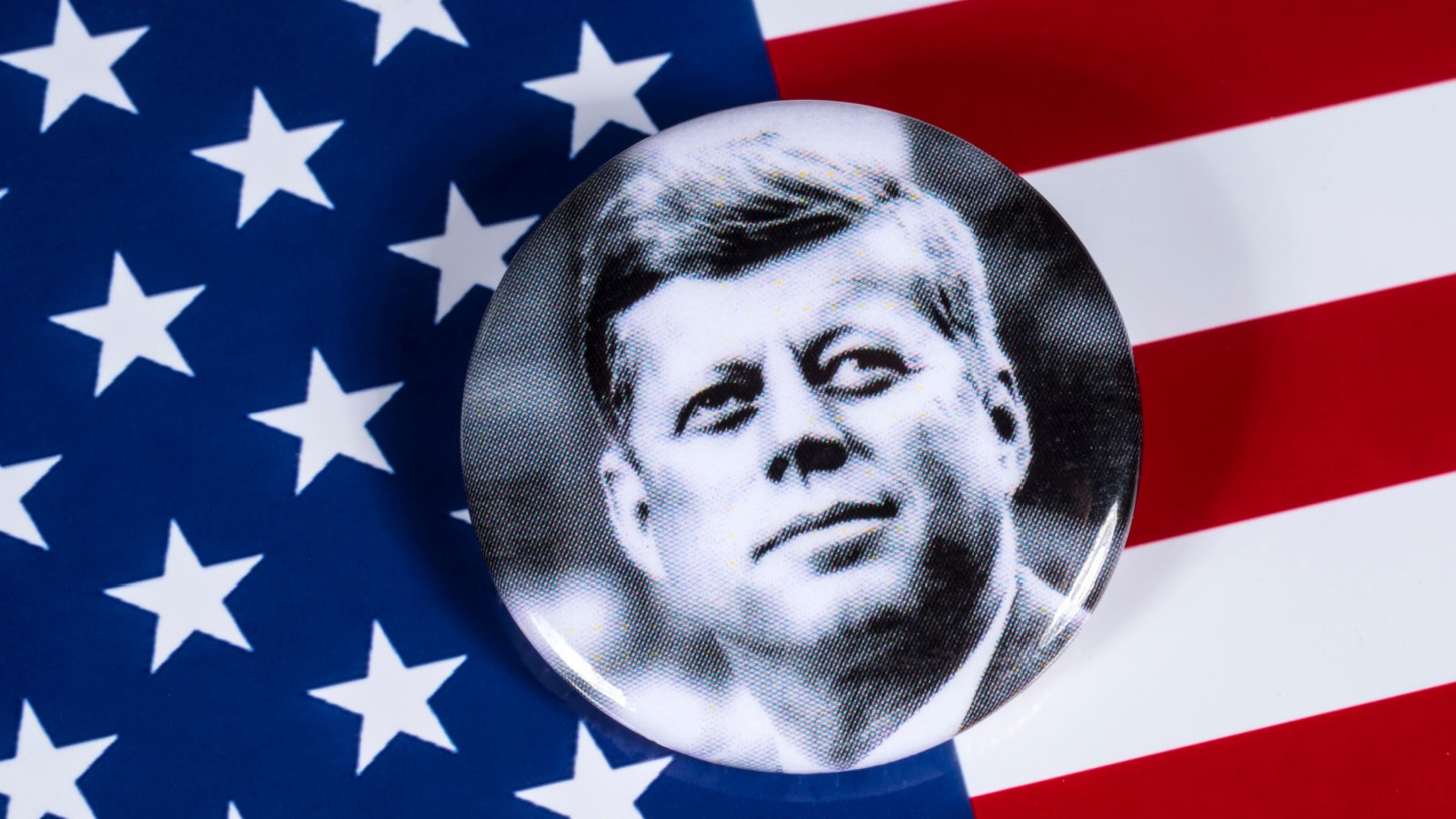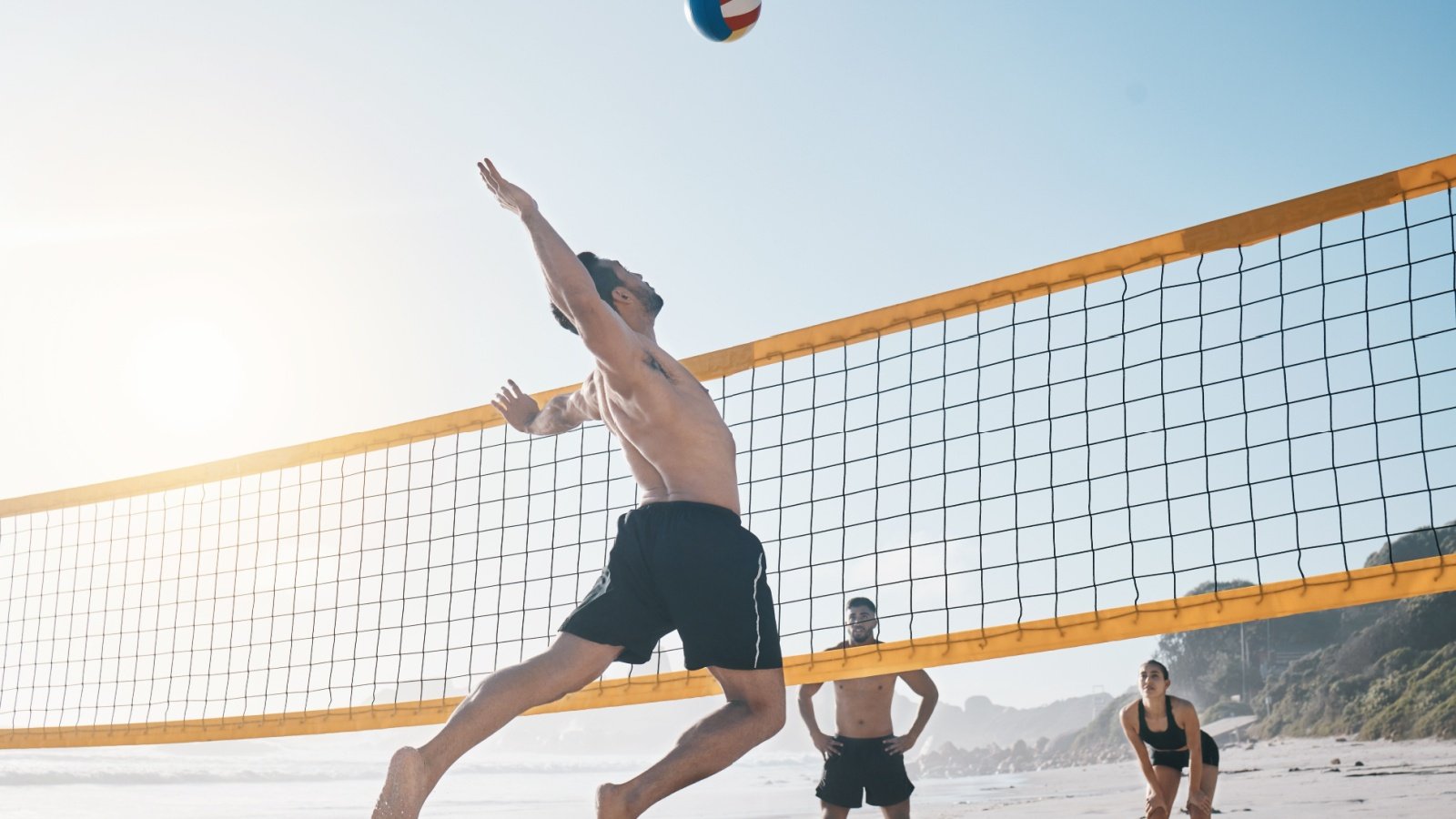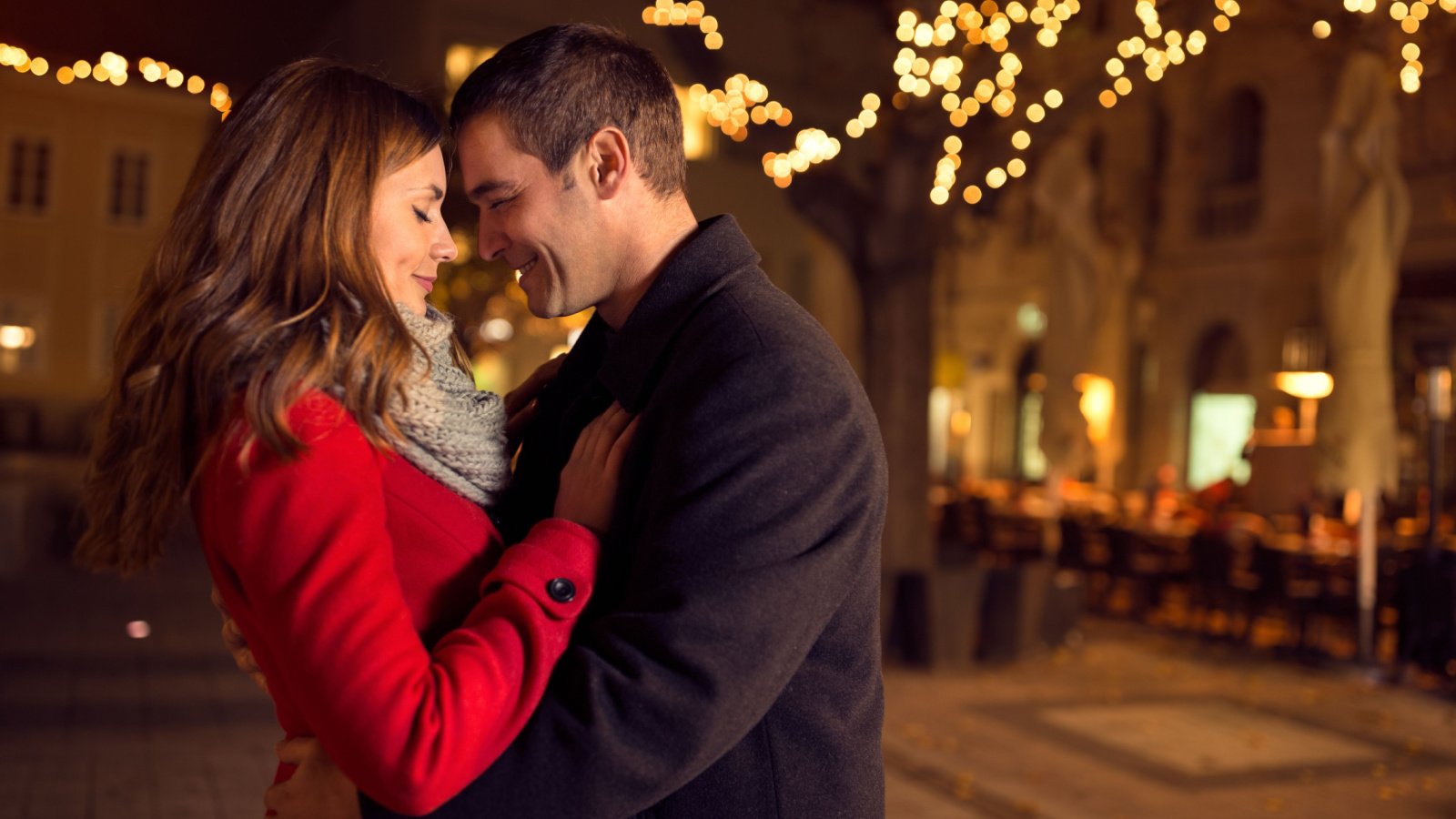Ever wonder how U.S. presidents spend their free time in the White House?
Even the leaders of great nations need an outlet to relieve the stress of such a demanding job. From John Quincy Adams’s pet alligator to Jimmy Carter’s prolific writing career, each historical fact provides a window into the personalities of the men who have shaped American history.
Let’s take a look back at the favorite pastimes and hobbies of American presidents.
Presidential Pets

George Washington never had a dog named “Sweetlips” contrary to popular myth, but he did have several foxhounds with unique names including “Drunkard,” “Taster,” “Tipler,” and “Tipsy.” John Quincy Adams even kept an alligator in a bathroom at the East Room, which was used to entertain, or perhaps intimidate, visiting dignitaries.
Unexpected Hobbies
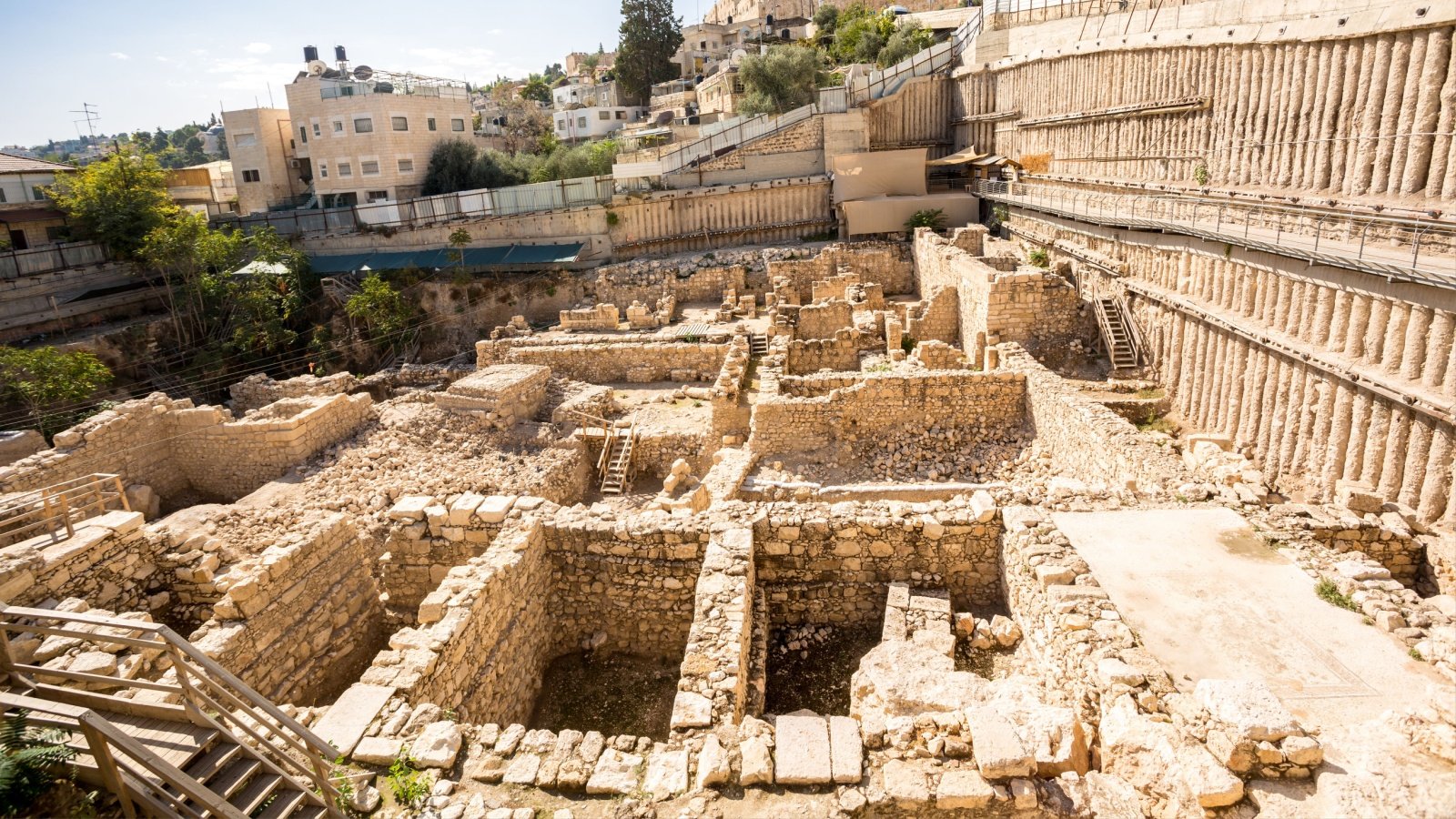
Thomas Jefferson had a profound interest in archaeology, often exploring mounds built by Native American tribes in Virginia. He is considered by some as America’s first archaeologist for his systematic approach to excavating and studying Native American burial mounds.
Inventive Minds
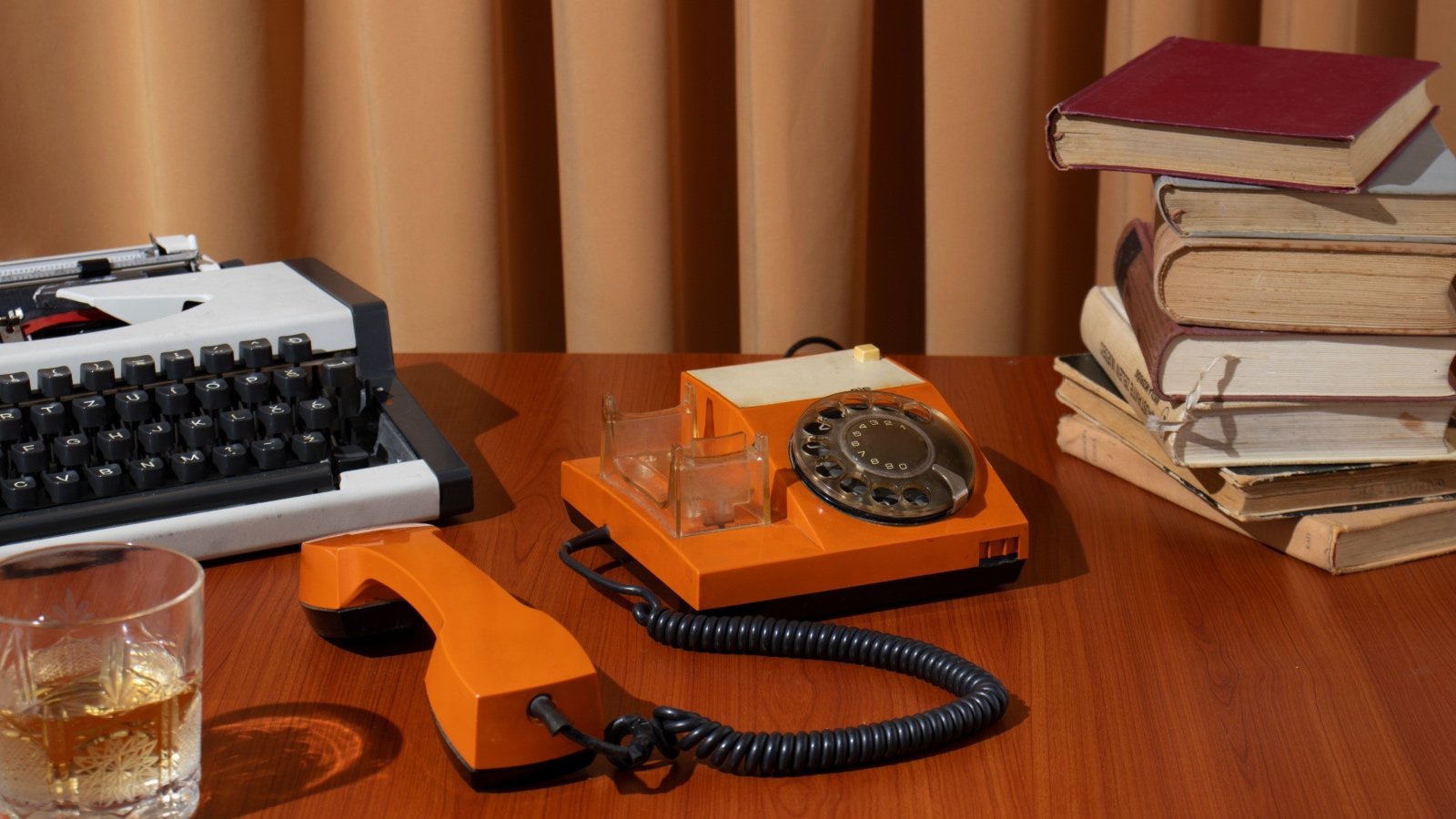
Herbert Hoover developed an improvement to his office phone that allowed for more private conversations. His engineering background from Stanford University played a significant role in his inclination towards practical problem-solving.
Hidden Illness

Grover Cleveland underwent a secret surgery on a yacht to remove a cancerous tumor in his mouth, a fact not revealed to the public until many years later. This clandestine operation involved a team of six doctors who performed the procedure as the yacht sailed off Long Island to maintain the president’s privacy.
Musical Talent
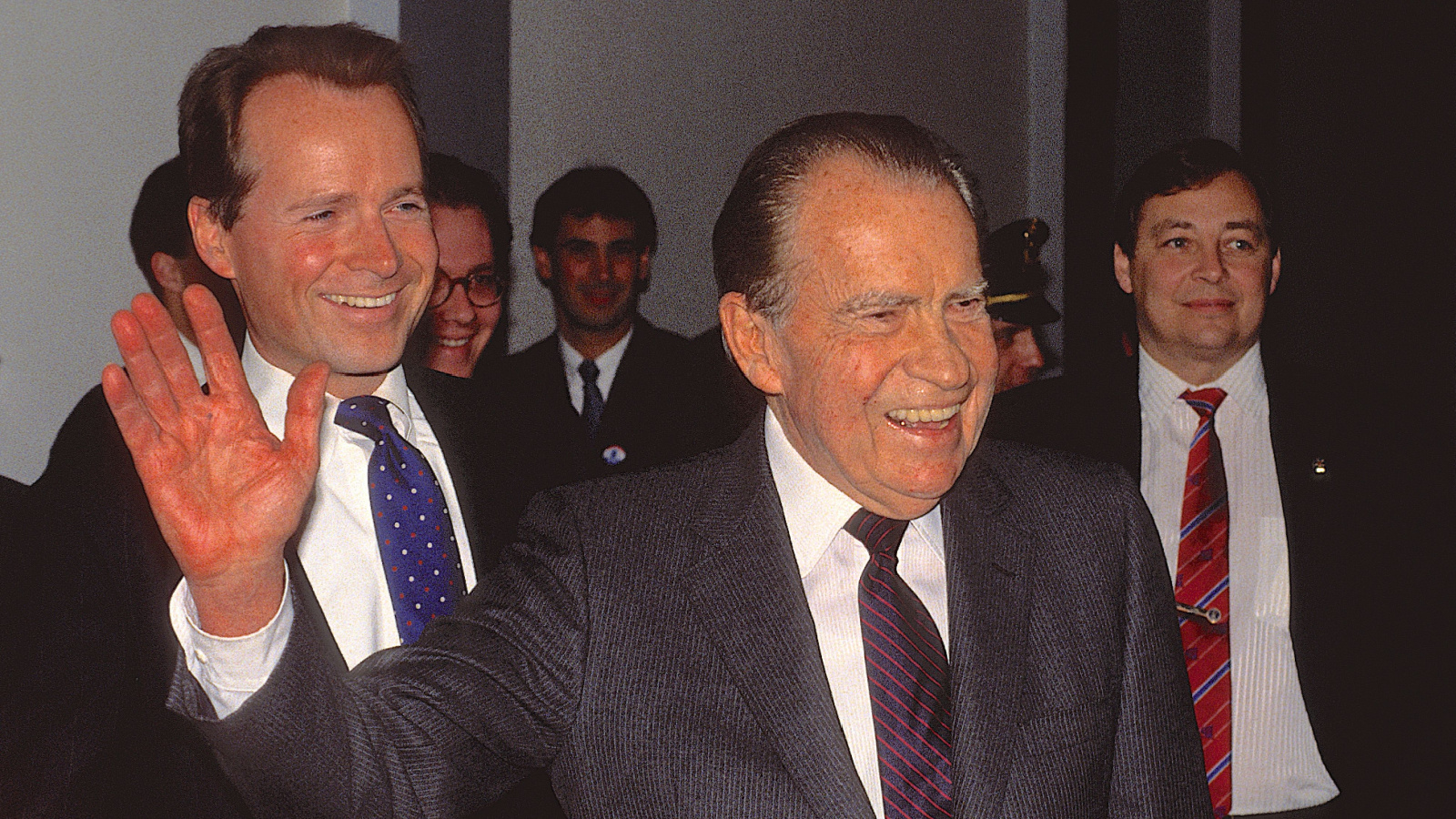
Richard Nixon was an accomplished pianist and composed a piece titled “Richard Nixon Piano Concerto No. 1,” which he performed on television in 1963. Music often played a significant role in his life, providing a respite from the pressures of political office.
Historic Pen
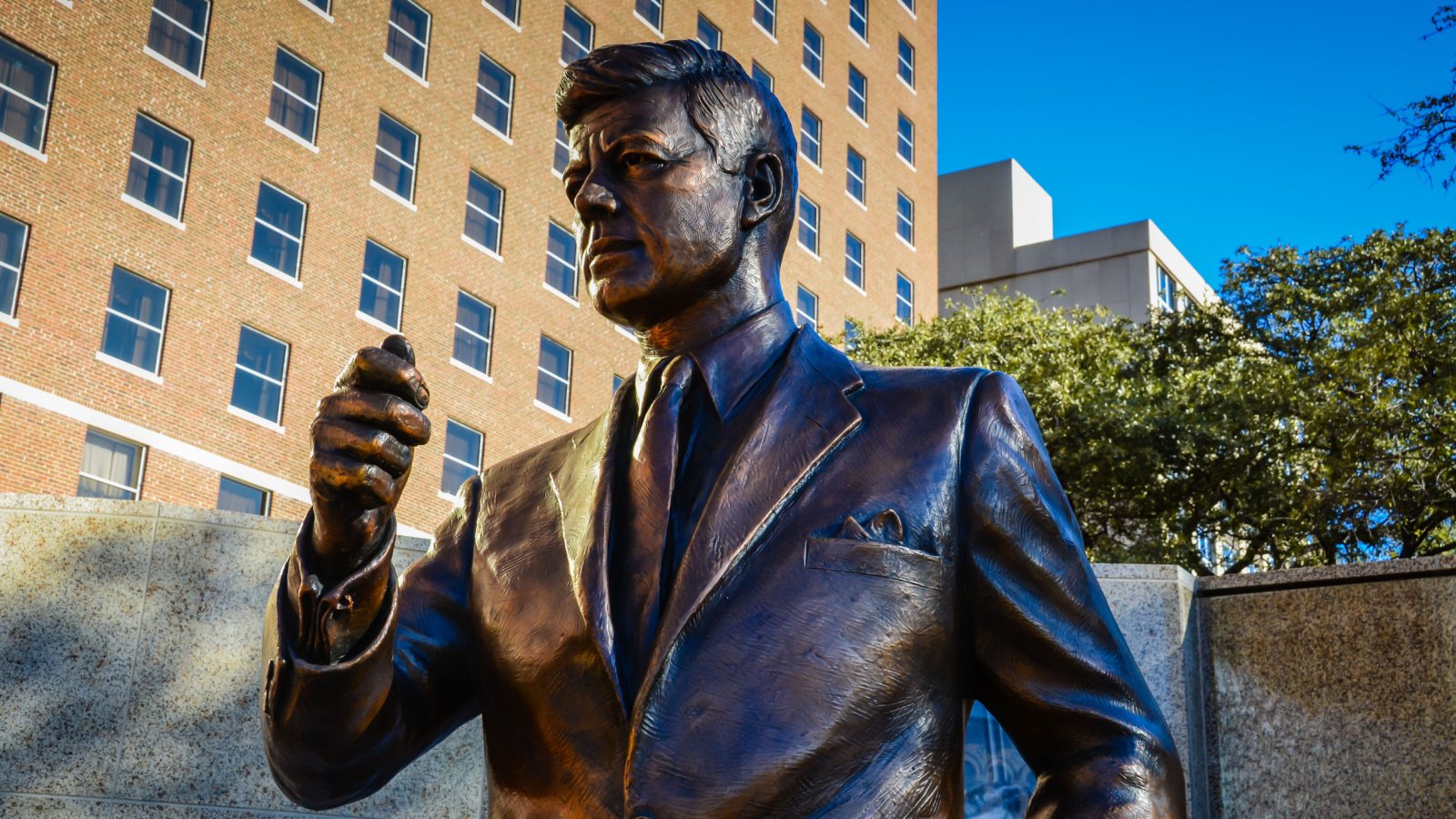
John F. Kennedy signed the Nuclear Test Ban Treaty in 1963 using a solid gold Montblanc pen, which has since become an icon of peace efforts during the Cold War. The pen symbolizes a pivotal moment in nuclear disarmament and is displayed at the Kennedy Library.
Literary Pursuits

Jimmy Carter is an accomplished author, having written over thirty books including poetry, non-fiction, and a novel. His literary contributions provide insights into his thoughts and experiences beyond his presidency, spanning topics from global politics to personal reflections.
Culinary Skills
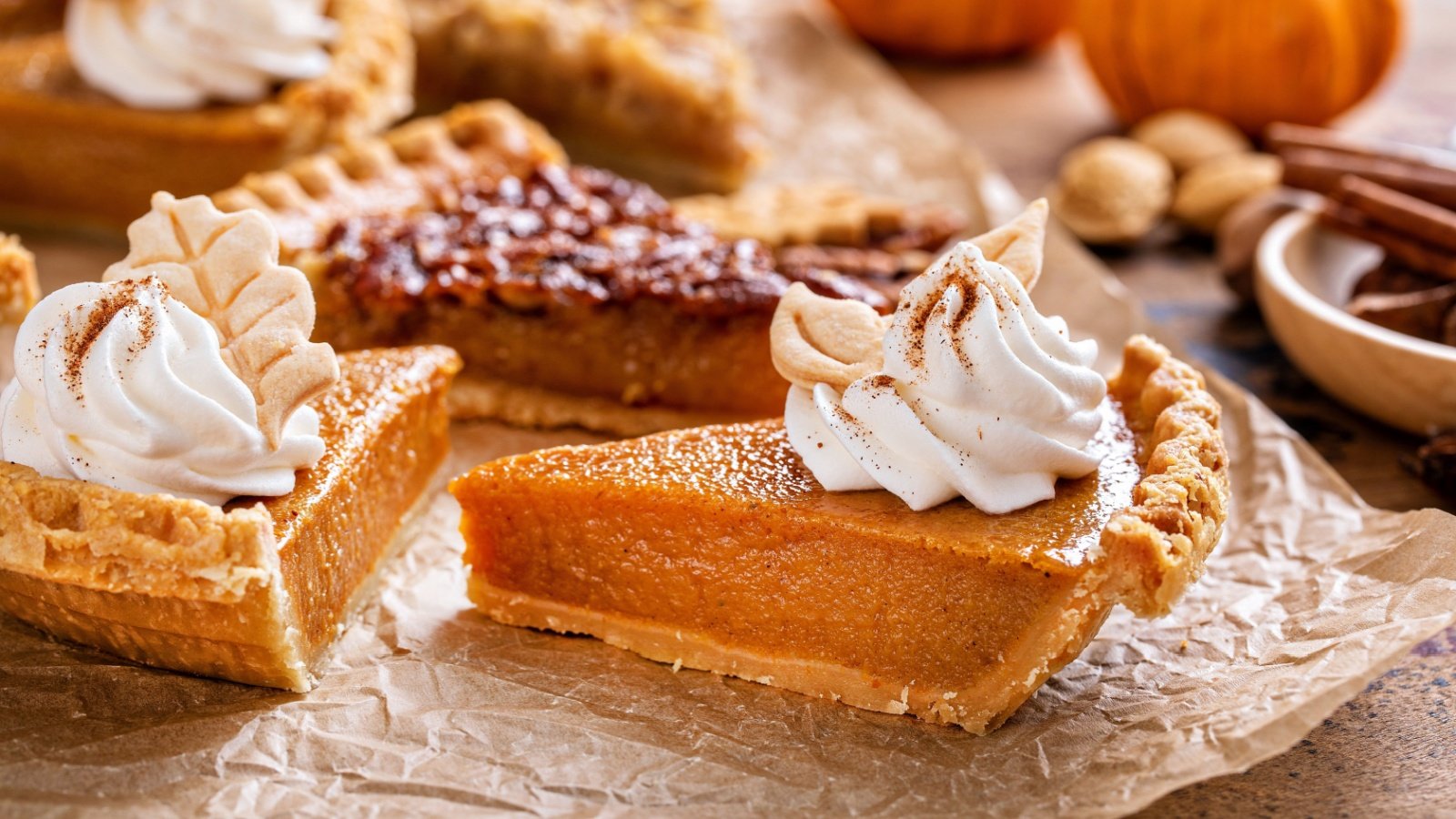
James Garfield could write Latin with one hand and Greek with the other simultaneously, but he also had a peculiar culinary skill: he was an adept pie maker. His love for making pies was well-known among his close circles, often serving his creations at White House functions. This homely skill endeared him to staff, showing a down-to-earth side to the president.
Astute Prediction
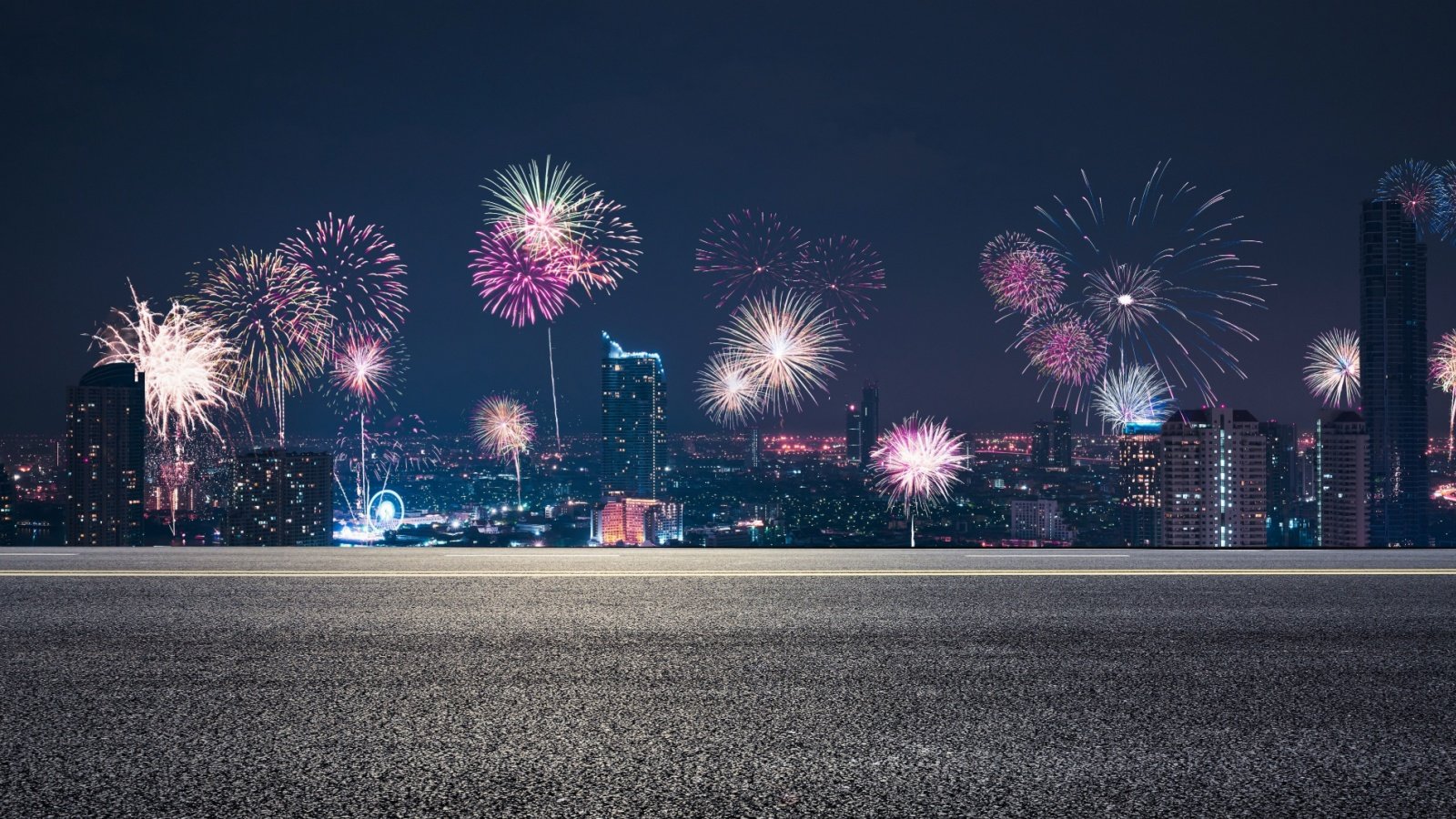
John Adams eerily predicted that Independence Day would be celebrated on July 2nd, the actual day the Continental Congress voted for independence, rather than July 4th, the day it was declared.
Sartorial Influence

Chester A. Arthur was known as the “Gentleman Boss” for his impeccable dress sense and influence on White House decor. His administration was marked by significant redecoration of the White House, where he famously disposed of a collection of 24 wagon loads of old furniture and decorations. Arthur’s attention to style and detail reflected his broader concerns with image.
Wartime Courage

Dwight D. Eisenhower showed remarkable courage and leadership during World War II. As Supreme Commander of the Allied Expeditionary Forces, his decisions were crucial in the success of the D-Day landings. His military experience deeply influenced his presidency, particularly in his approach to international relations and peacekeeping.
Scholarly Contributions

Woodrow Wilson was the only U.S. president to have earned a Ph.D., which he received from Johns Hopkins University in history and political science. His academic background influenced his approach to governance, particularly in designing the League of Nations, a precursor to the United Nations. Wilson’s scholarly pursuits are often reflected in his speeches and policies.
Media Savvy

Franklin D. Roosevelt was the first president to effectively use the radio with his “Fireside Chats,” making complex policies understandable to the American public. These broadcasts played a crucial role in bolstering public confidence during the Great Depression and World War II.
Legal Reform
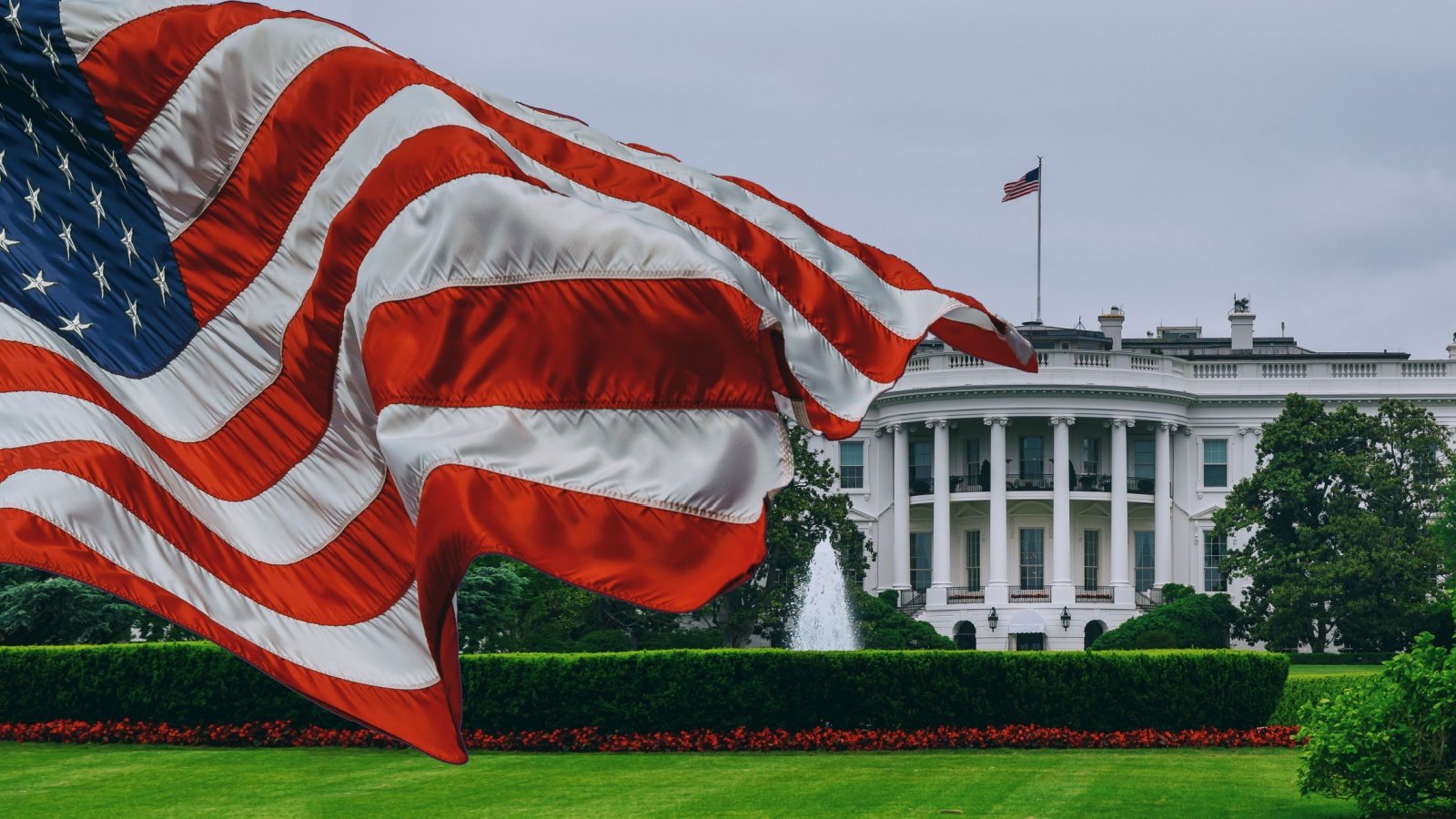
Rutherford B. Hayes oversaw the end of Reconstruction and the establishment of a merit-based civil service. His efforts to restore integrity to the federal workforce marked a significant shift in how government jobs were awarded, moving away from the patronage and spoil systems that had previously dominated.
Photographic First

John Quincy Adams was the first U.S. president to be photographed in 1843, a snapshot taken long after his presidency had ended. This photograph, taken by Philip Haas, marks a historic intersection between American leadership and the burgeoning technology of photography. Adams’s portrait remains a valuable historical artifact.
Explorer Spirit
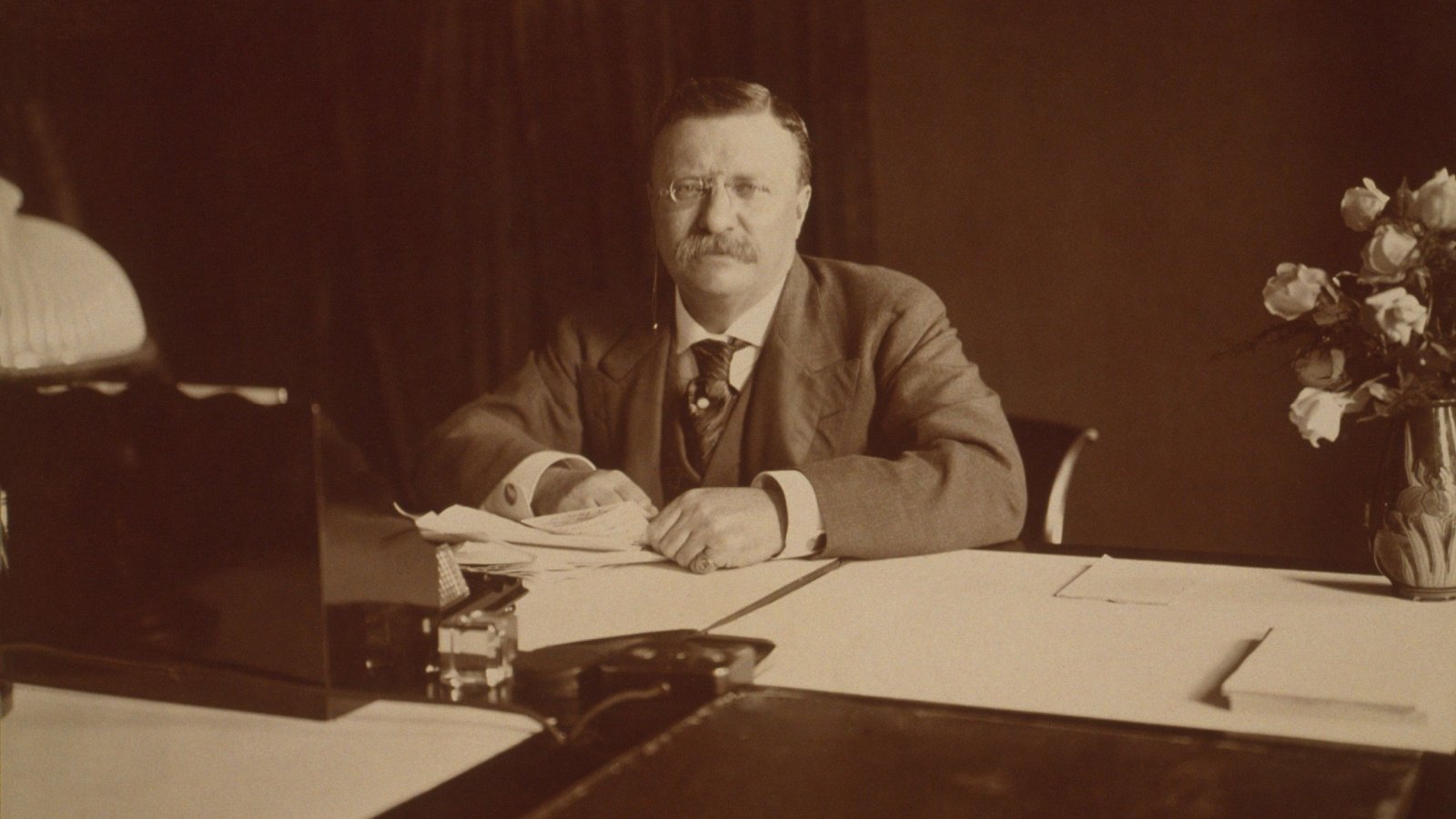
Theodore Roosevelt’s post-presidential expedition to the Amazon in 1913-1914 nearly cost him his life, suffering from malaria and a serious leg infection. His exploration contributed to the scientific study of South American fauna and flora, enhancing the Western understanding of these regions.
Judicial Impact
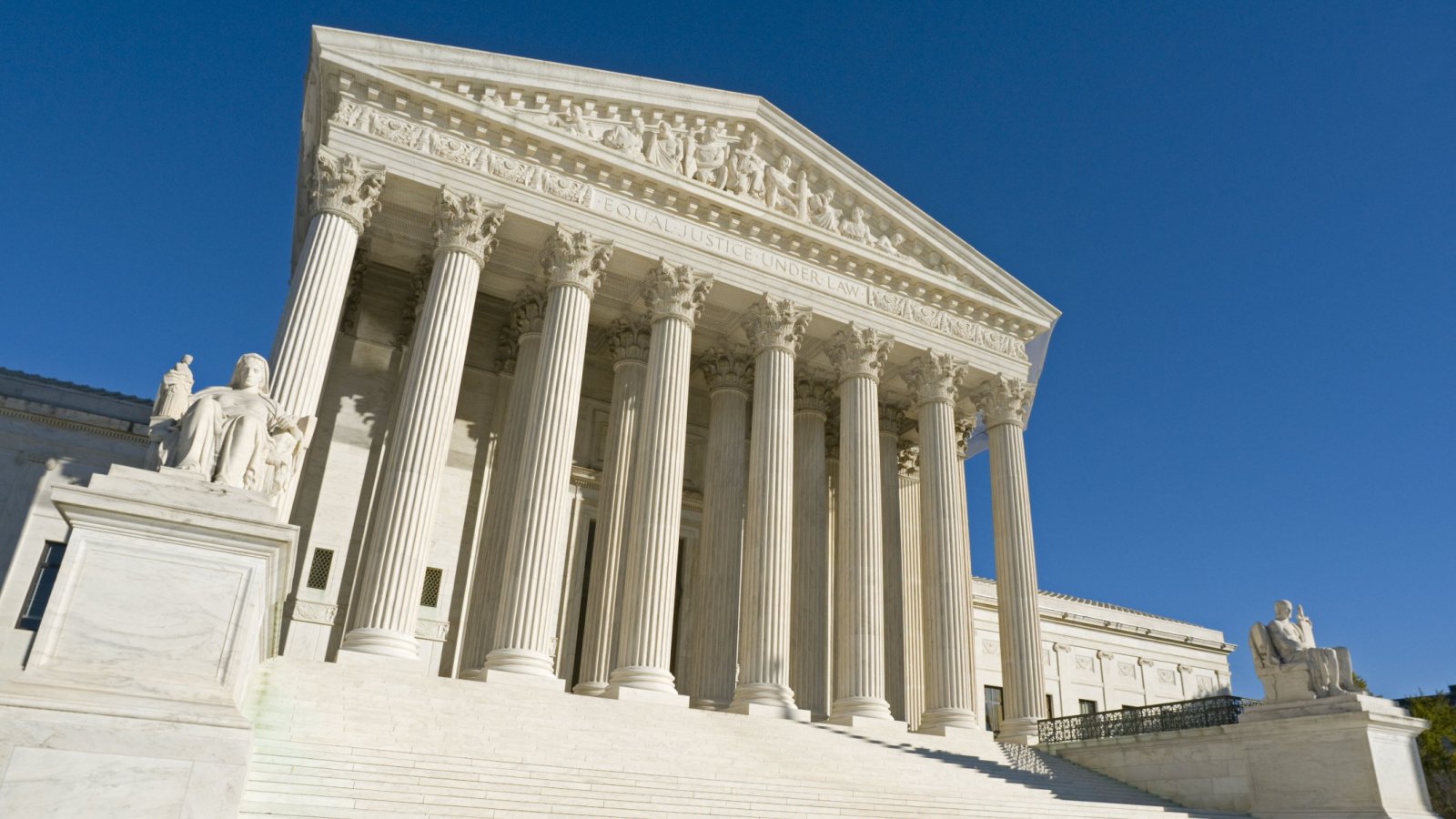
William Howard Taft is the only person to have served as both President of the United States and Chief Justice of the U.S. Supreme Court. His unique position allowed him to shape American law and governance in both executive and judicial capacities.
Artistic Flair

Ulysses S. Grant had an unexpected talent for sketching, often doodling horses and other figures during meetings. His artistic side was less known compared to his military and political accomplishments, but it provides a fuller picture of his personality. Grant’s sketches, which are preserved in several museums, reveal a sensitive side to the Civil War general and president.
Environmental Vision

Franklin Pierce was instrumental in initiating the exploration and surveying of potential routes for the transcontinental railroad, which later facilitated the conservation and establishment of national parks. His foresight in enhancing transportation infrastructure indirectly supported the preservation of America’s natural landscapes.
Linguistic Skill

Martin Van Buren was the first president born after the United States declared independence and was the first to speak English as a second language, with Dutch being his first. This linguistic background influenced his nuanced understanding of immigration and cultural diversity issues during his presidency.
Philanthropic Legacy

Herbert Hoover’s public service extended beyond his presidency, notably in his humanitarian efforts, which included leading famine relief in Belgium during World War I. His commitment to international aid continued throughout his life, significantly impacting how future administrations handled foreign humanitarian crises.



